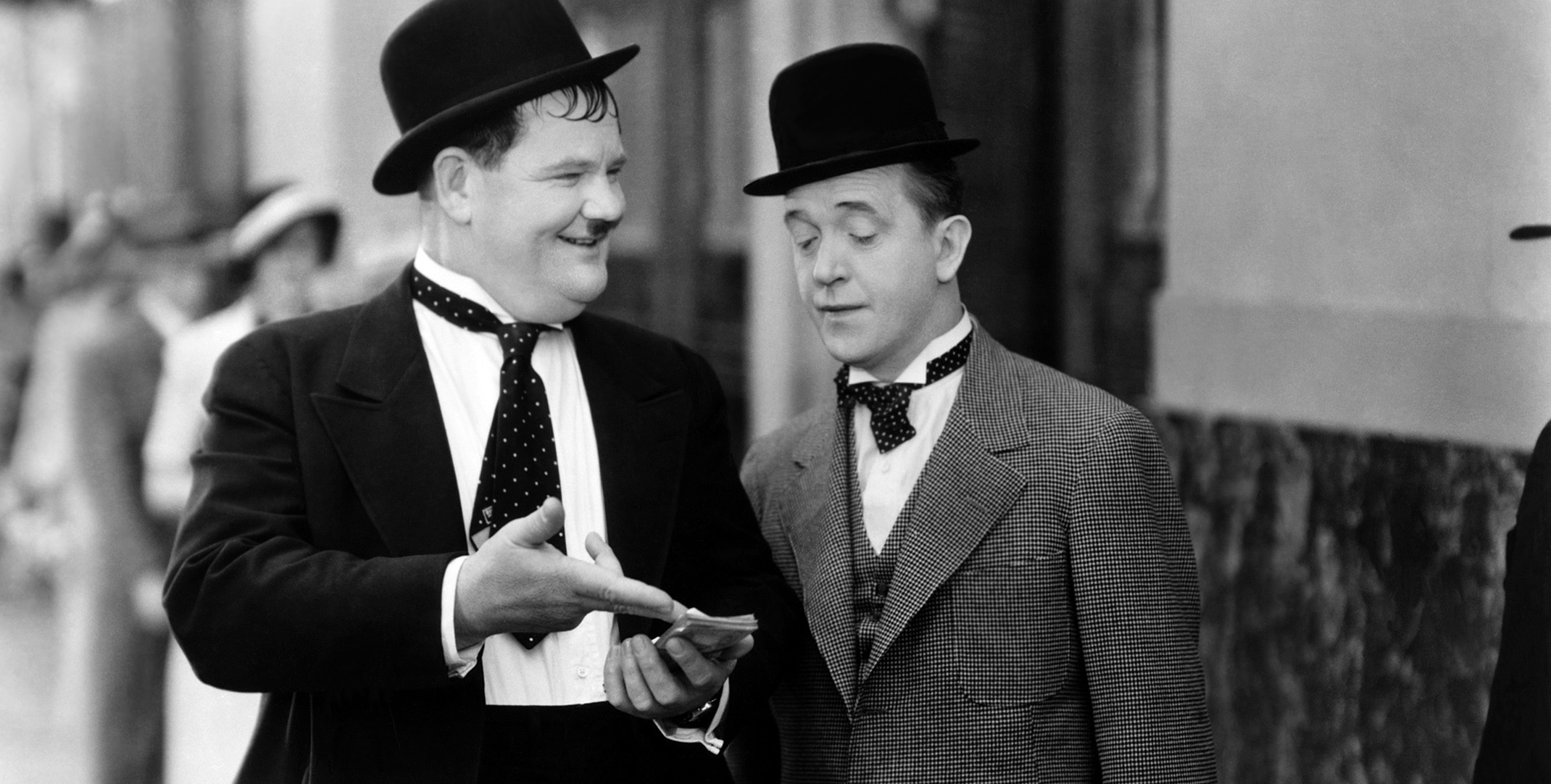
Those Funny Boys: Laurel and Hardy
A few inside facts about the screen’s funniest pair of comedians and the man who has photographed most of their pictures.
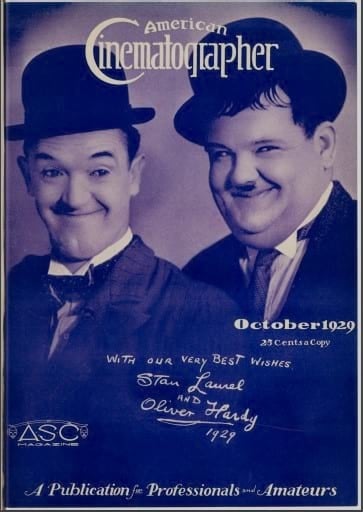
By Loretta K. Dean
On a bright and sunny morning 19 years ago [circa 1910] a rather scurvy-looking cattle boat pulled into its berth at New York City. Gathered on its deck was a motley group of men and women who craned their various necks as they gazed goggle-eyed at the greatest city in America. Down below there was much bawling of cattle who objected to being jostled about in cramped quarters, and the combination of odors that drifted up from the cook’s galley and the cattle section gave many of the passengers a peculiar impression of America.
One group of individuals who hastened to get ashore contain two funny little fellows who were to eventually make millions of Americans laugh until tears ran down their faces. One of these men was Charles Chaplin; the other was Stan Laurel, one of the screen’s greatest comedians, and fun-partner of Oliver Hardy. But on that particular morning no one who watched the passengers land gave a second glance at either of the men.
So, that was the way Stan Laurel arrived in America. He was a member of the little vaudeville troupe of Englishmen who were struggling to make ends meet.
The other half of the famous Laurel and Hardy combination, Oliver Hardy, made his bow to America in Atlanta, Georgia. But he came via the Stork Route, being born in Atlanta in 1892. His arrival was of more moment than that of Laurel, for Hardy’s father was a politician, and of course he had to hand out cigars to his friends as he told them of the bouncing baby boy.
And while we are at the beginning of things we might as well tell you that along about the same time as Hardy's Dad was distributing cigars in Georgia, another proud Papa was handing out cheroots up in Portland, Oregon. This distribution was caused by the arrival of a howling infant who was christened Len Powers, and who was destined to become a cameraman in Hollywood and photograph the majority of the pictures in which Laurel and Hardy were co-starred.
So, that’s that, as far as the introductions are concerned. Laurel’s education was what might be termed “spasmodic.” His father and mother were professionals, and Laurel was hopping about England so fast he had little time for school. So he turned to the stage and after much ups and downs, mostly downs, landed on the cattle boat to try luck in America.
Hardy went to college, as the sons of all Southern gentlemen must. He studied law. But his mind was theatrical, and against his family’s wishes, he took his six feet and one inch of height and 285 pounds of weight into theatrical realms and gained a living in vaudeville, minstrel troupes and musical comedy and stock.
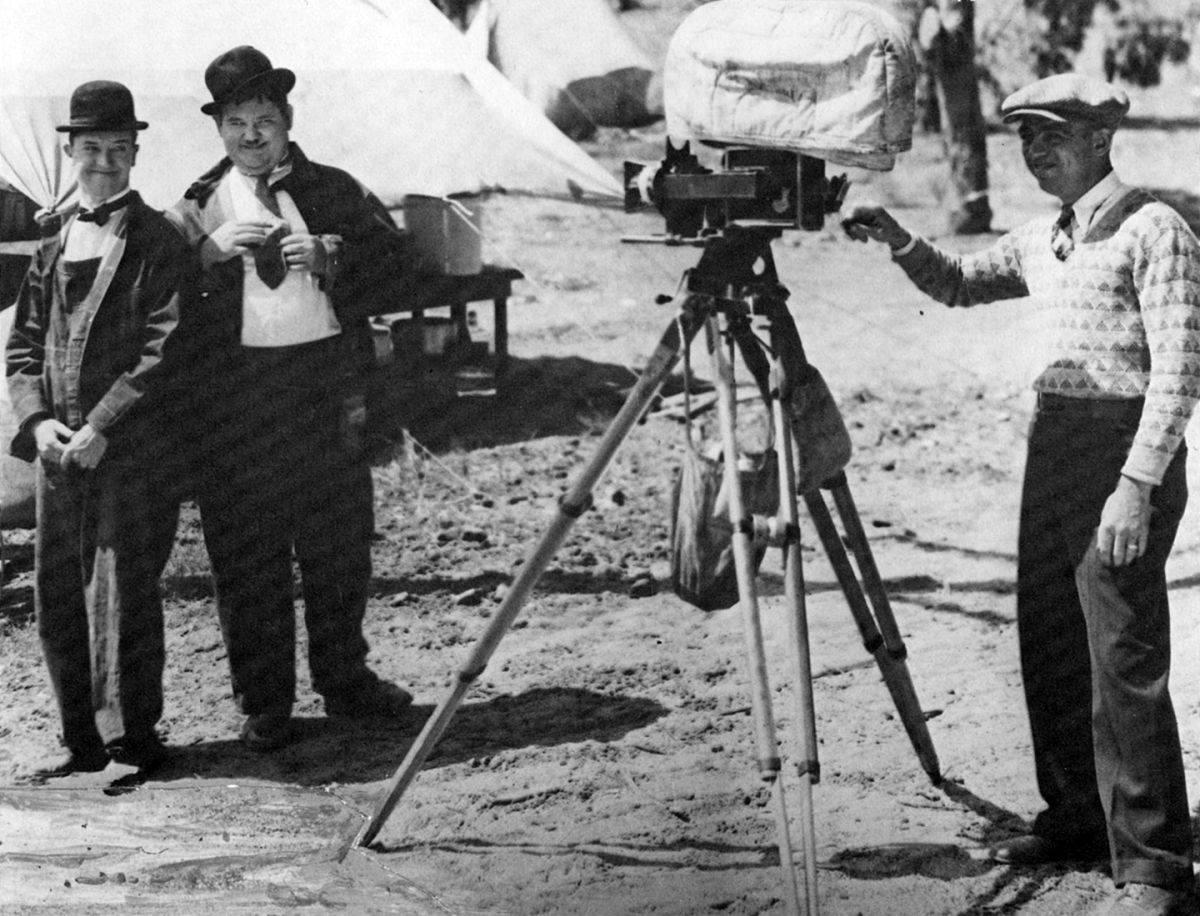
Powers sort of went against his family’s wishes, too, when he decided that there was a future in the boxing game. So, he donned the eight-ounce gloves and made quite a name for himself by specializing on knocking out ambitious fighters who were unfortunate enough to meet him in the squared circle, sometime called the “ring.”
And then, all three found their way into pictures in Hollywood. Laurel and Hardy, then unknown to each other, came as actors, and Powers turned to the cinematographic side. At Universal Laurel made his picture bow. That was in 1917. Meanwhile Hardy had made his first screen appearance in 1913. Both liked it, and both decided to stick. And in 1914 Powers started with Reliance as a cameraman. He liked it, too, and decided to stick. Since then he has photographed 400 and some pictures.
It was not until 1926 that the combination came together. Laurel had been playing comedy roles all about Hollywood, and Hardy had played everything from comedy to villain parts.
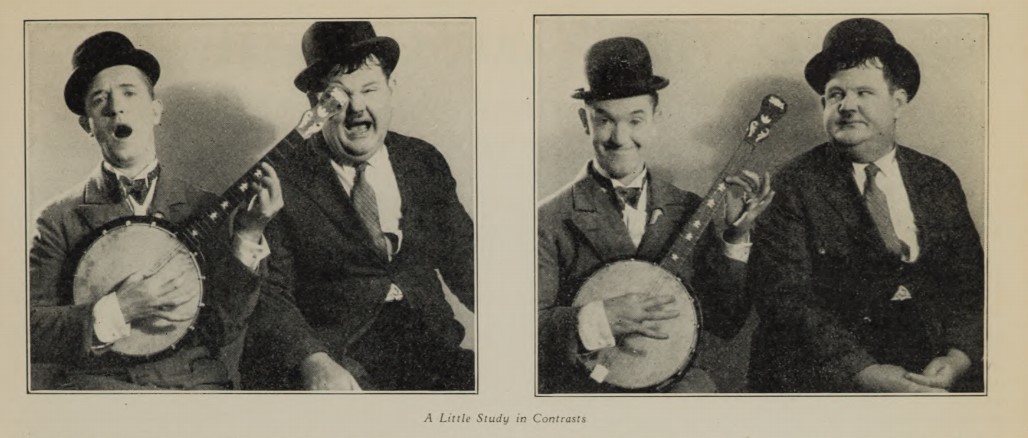
But they both landed at the Hal Roach lot and one day Hardy spilled a pan of hot grease on his arm. Laurel came along just then. Hardy looked at Laurel. Laurel looked at Hardy. Laurel cried. Hardy laughed. And each suddenly discovered the other was a perfect foil.
Then came the first picture together. It was a riot of laughter and the world knew that Hal Roach had discovered a pair of honest-to-goodness funny men; a real rarity in the picture field. And Len Powers was the man who was photographing them.
Their's was a new comedy technique. Laurel completely changed his style of comedy overnight and he and Hardy worked like a well-oiled machine together — perfect fits — and their pictures were perfectly photographed.
Habeas Corpus, Big Business, Men O’War, Perfect Day, You’re Darn Tootin', Soup to Nuts, Berth Marks, Unaccustomed As We Are, were a few of the pictures this trio turned out to the accompaniment of gales of laughter from millions of movie-goers.
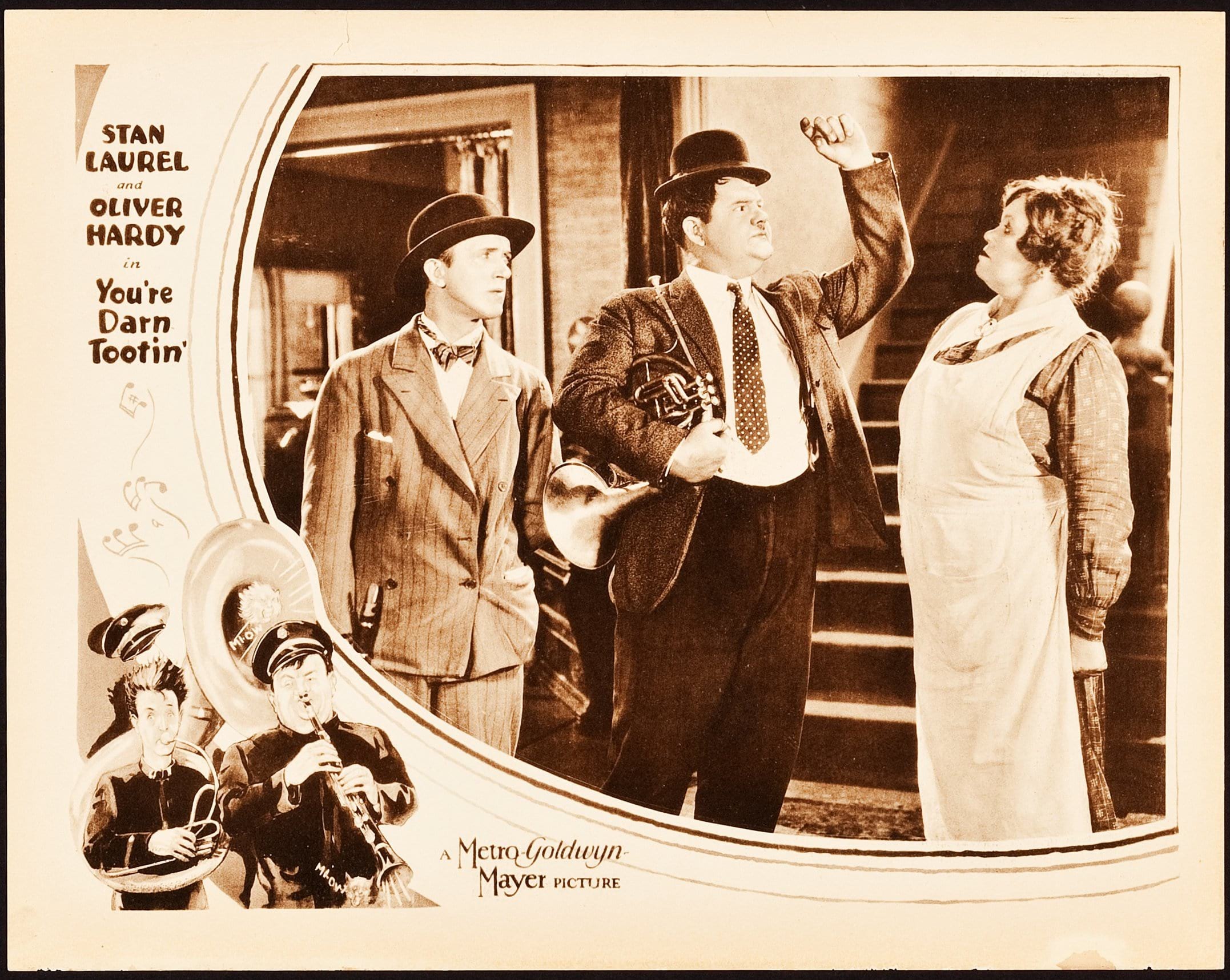
“This man Powers is the funniest cameraman I ever worked with,” says Hardy.
You can't help being funny when you look at him,” adds Laurel.
“And who can help laughing when they have to work with a pair of nuts like you fellows,” chimes in Powers.
So that makes us a mutual admiration society,” chorus the trio amid uproarious mirth and back-slapping.
And then they all looked serious for a moment. “My Gosh,” exclaimed Hardy, “What would we do without our director?”
“Jimmy Parrot is the cat’s meow when it comes to directing comedy,” declared Laurel.
“All right,” shouted Parrot, “suppose you fellows do a little work.”
“He’s not so good, after all,” declared Hardy.

So Laurel started to cry and Hardy “faw down” and another riot was on.
From Powers we learned the secret of this pair’s success. Summed up, it is simply this: the pair just act natural.
“Sometimes,” explained Powers, “I can’t do a thing for laughing as they start to ad lib. Their funniest gags are pulled at these moments and no one could ever be funnier than they are when they once get started. I remember in Berth Marks, most of the very funniest stuff was absolutely devised on the spur of the moment by Stan and Oliver. They got started and we couldn’t stop them. And that sequence was side-splitting. “One reason why I say they are the funniest men in pictures is because after photographing them all day I can’t resist going into a theatre and watching them on the screen at night.”
And if you’ll pardon the personal view of the writer, I think that is the greatest compliment any actor could receive.
A pompous, self-satisfied, dumb and innocent person on the screen, Hardy is the exact opposite in real life. He is the very essence of geniality and modesty and is really of the intelligentsia. Laurel, witless vagabond of the screen, is a quiet, shy and retiring English gentleman in reality. So shy that he slips into previews after the lights have been lowered, and ducks out before they come on again. But, they are two practical jokers. Powers, the cameraman, tells a good one on them, or rather on himself. It seems that the pair had decided that Powers was to have a ducking in a pond where they were working on location. They had set the day when Powers was to be pushed into the water, and had all plans carefully laid.
However, Powers prepared to fool them. So, he donned a bathing suit on this particular morning, and slipped some old clothes over it. Then he went to work. All day he placed himself in positions where he would be at their mercy and easily shoved into the pond. Then he planned to slip off his clothes and emerge in the bathing suit. Night came and he was never pushed. He is still wondering how these jokers discovered his secret.
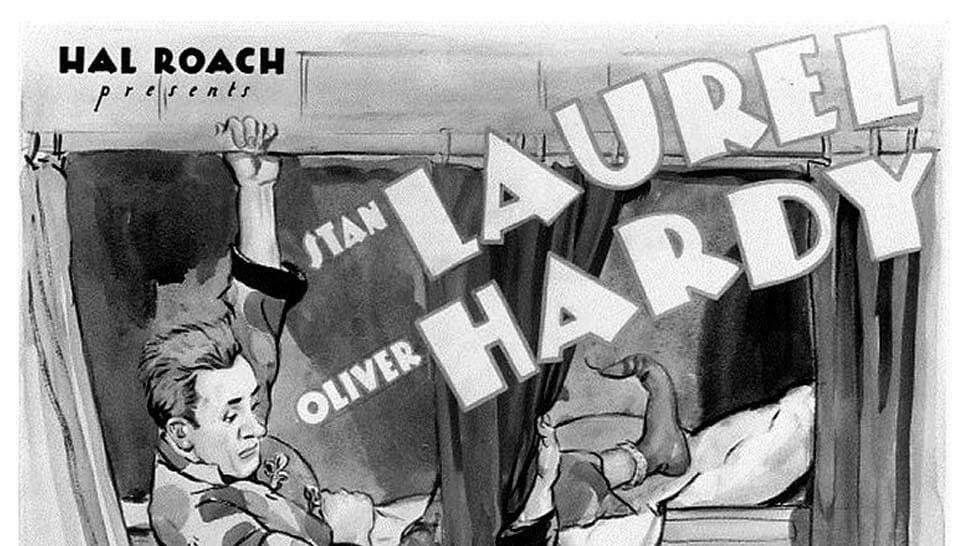
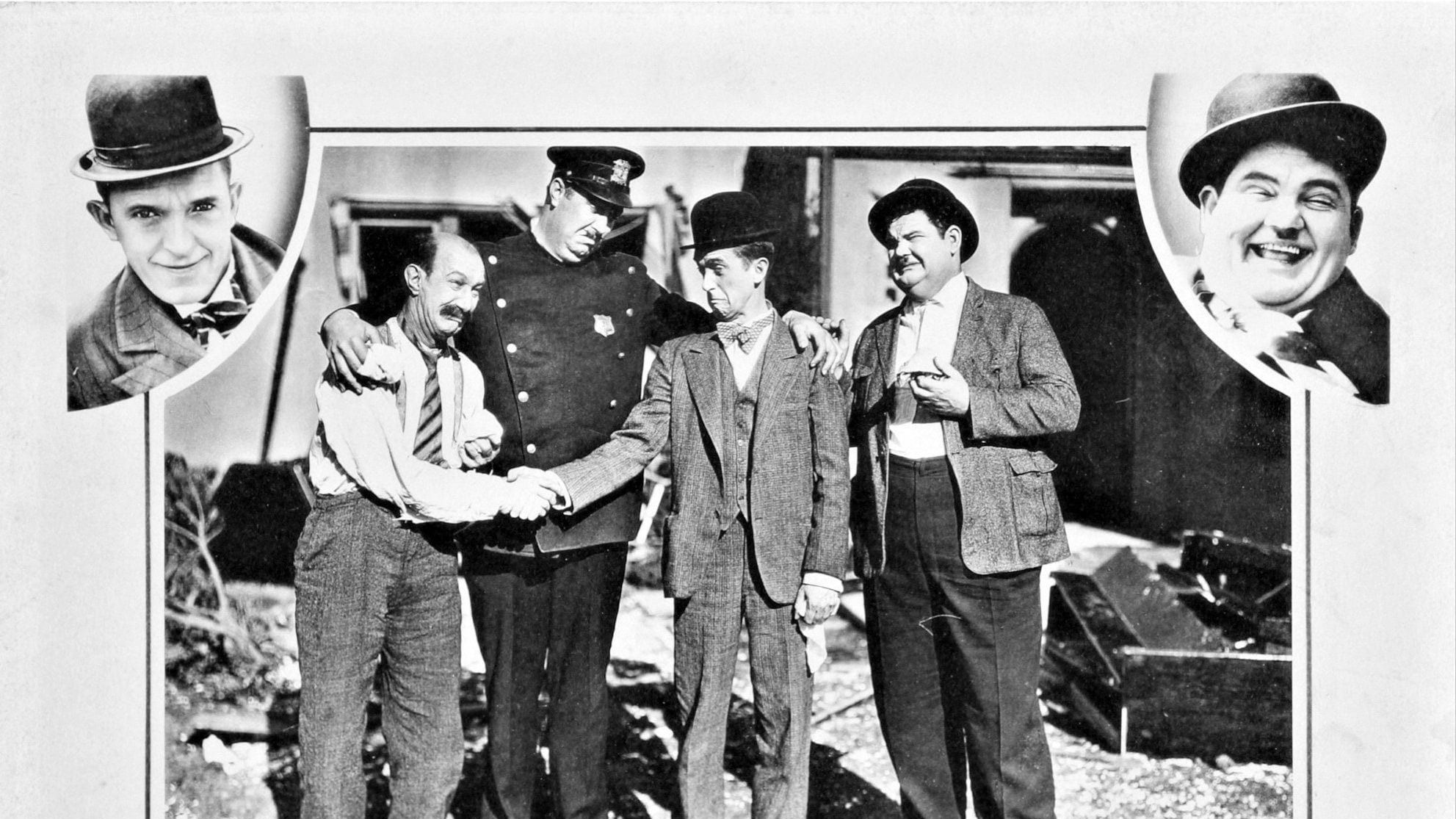
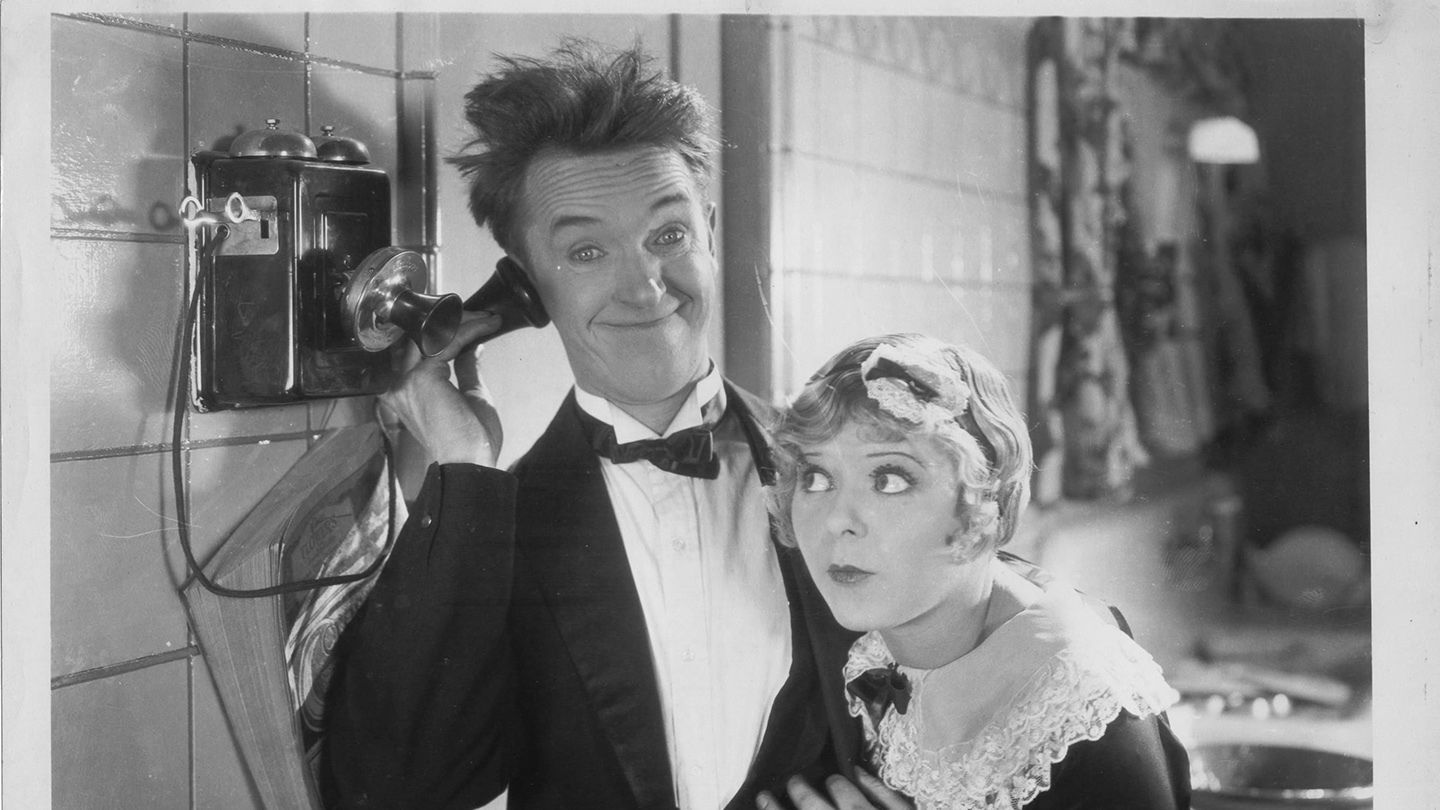
They are both philosophers, more or less, and refuse to take either themselves or life too seriously. They enjoy their work, have as much fun as do the people who see their pictures.
‘‘Life is serious enough, anyway,” says Hardy, ‘‘so why do a lot of worrying. Just take things as they come.”
"He’s right,” added Laurel, “too many people believe that the world rests on their shoulders. A comedian should remember just one thing. That is ‘Laugh and the box office is always busy'.”
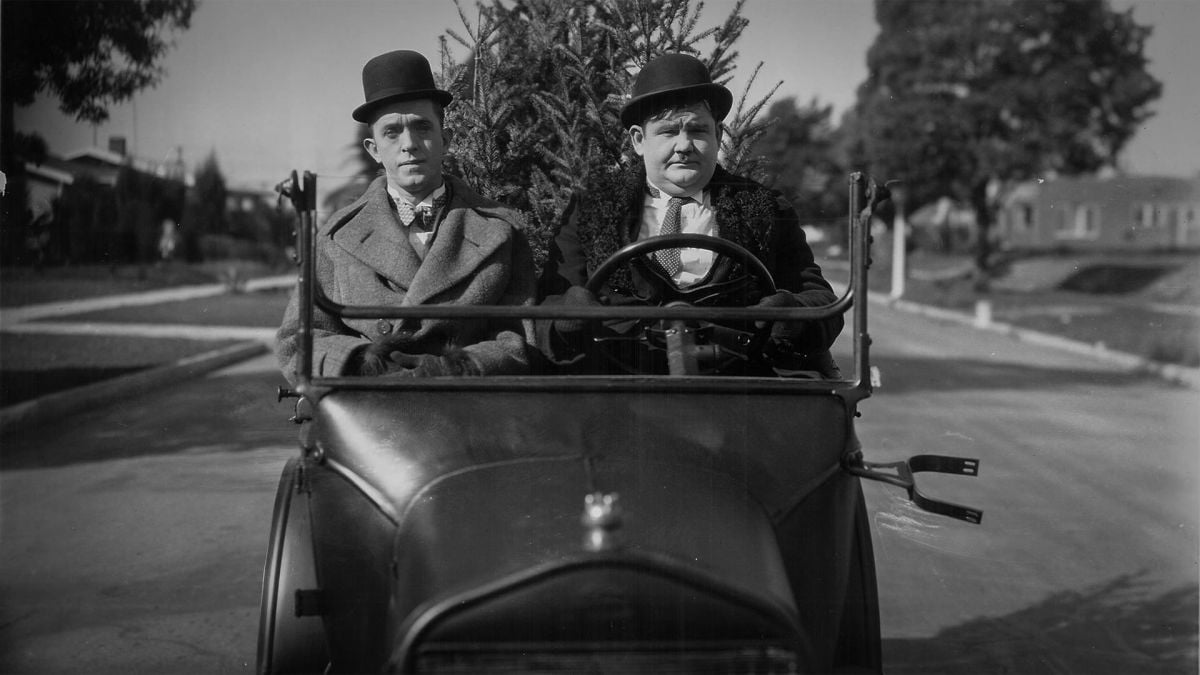
For more on the famed comedy duo, check out John Bailey, ASC's 2015 blog post Lost Forever? Movies in Peril and Movies Saved: Part 1, which in part discusses the iconic Laurel and Hardy comedy The Battle of the Century (1927).






